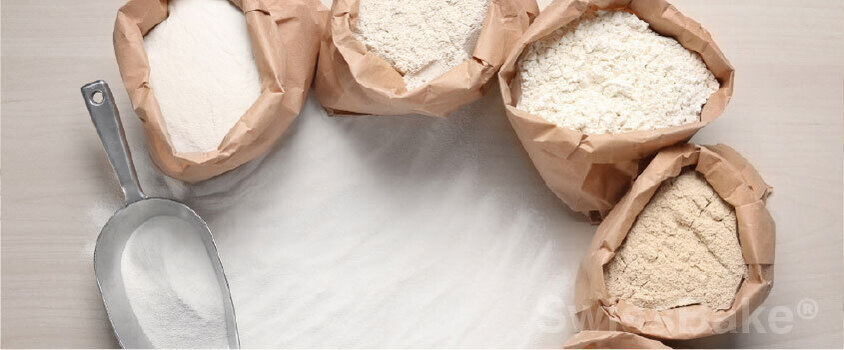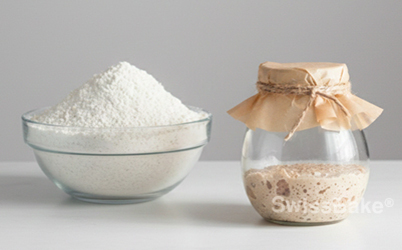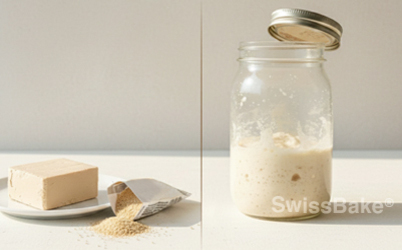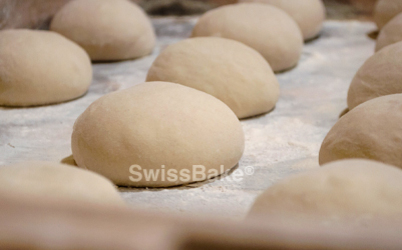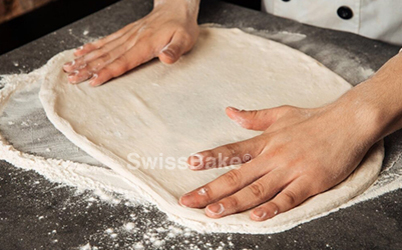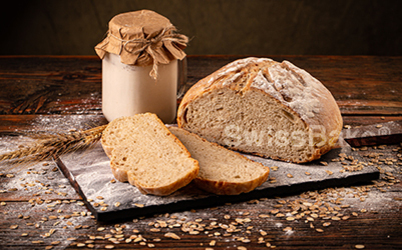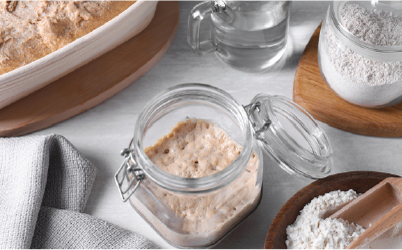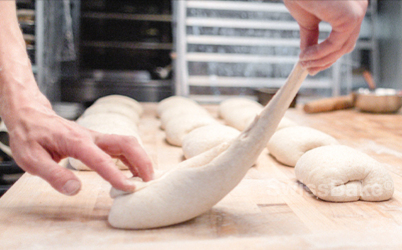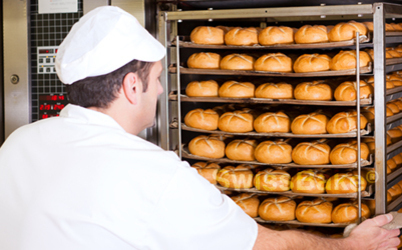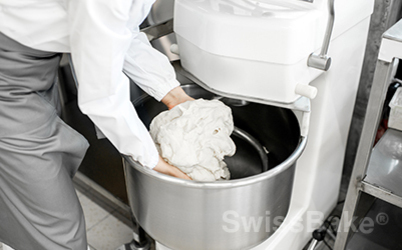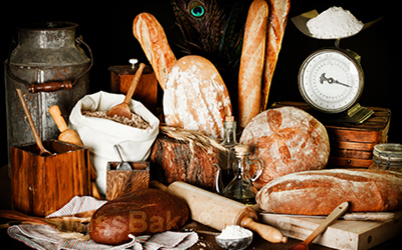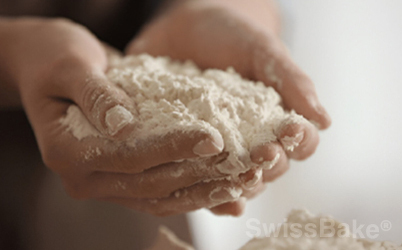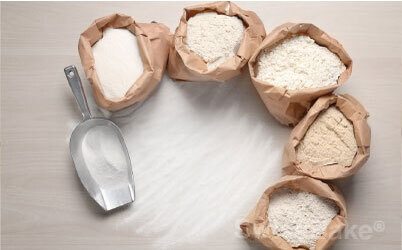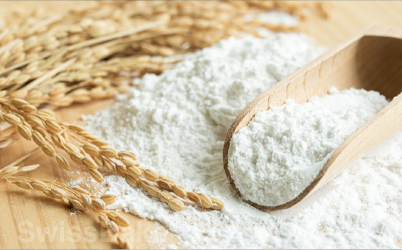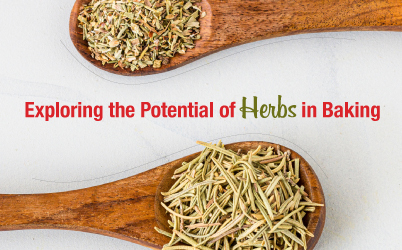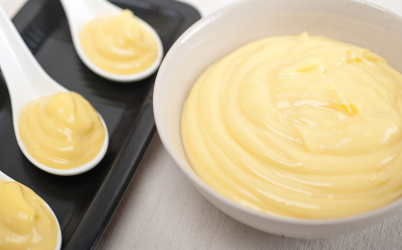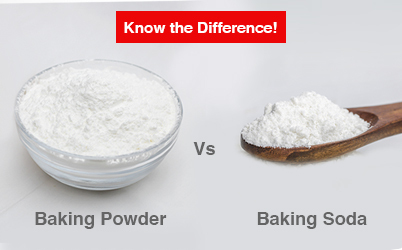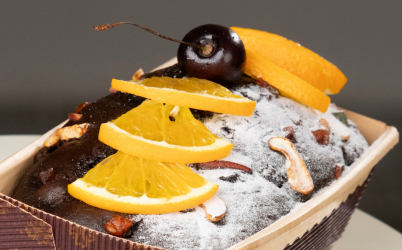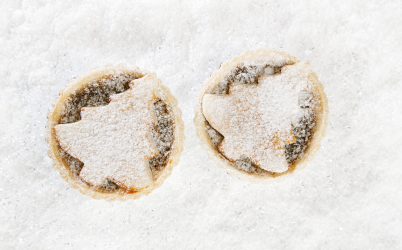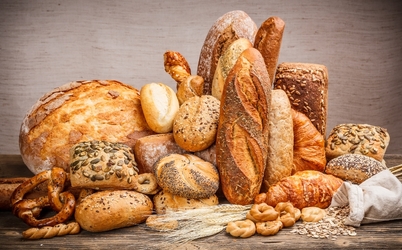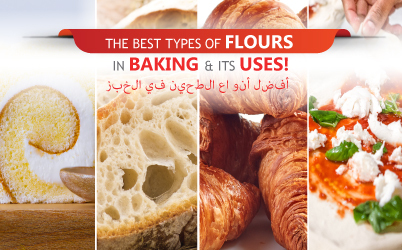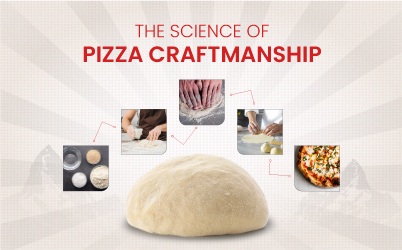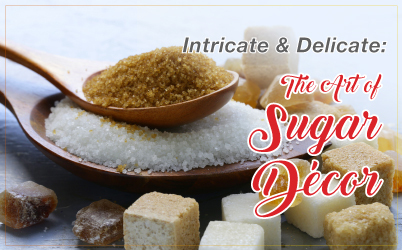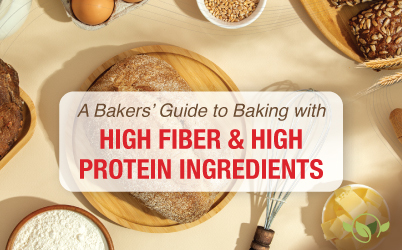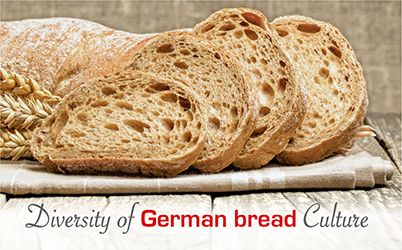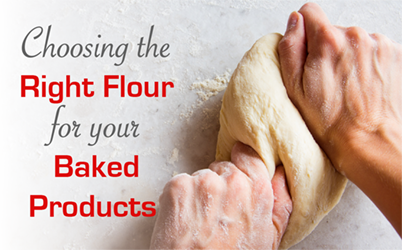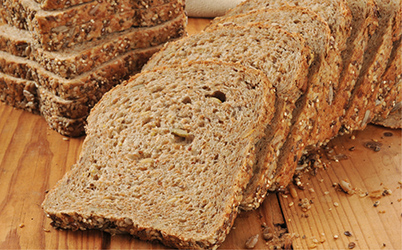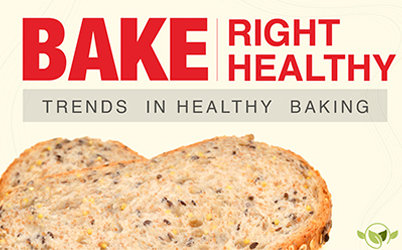Why Protein % Matters In Different Types Of Flour?
Flour serves as the backbone of a wide range of baked goods, from artisanal breads and delicate pastries to crispy pizza crusts. A key factor that impacts flour’s performance in baking is its protein content. Understanding how protein levels affect dough structure, texture, and rise is crucial for achieving consistent, high-quality results.
What Is Flour Protein Percentage?
Flour protein percentage represents the amount of protein present in 100 grams of flour. This includes gluten-forming proteins, gliadin and glutenin, which determine the dough’s elasticity, strength, and gas retention during fermentation. Flours with higher protein levels yield stronger, more elastic doughs, while lower-protein flours produce tender and delicate textures.
How SwissBake® Flour Protein Content Affects Different Recipes?
Our SwissBake® Flour Range
| Flour Type | Protein Content | Best Used For |
|---|---|---|
| T00 Flour | 13% to 14% | Pizza doughs, ensuring elasticity and crispy crust |
| T45 Flour | 8.5% to 9.5% | Pastries, tarts, and cakes for a soft texture |
| T55 Flour | 12% to 13% | Baguettes, croissants, and laminated doughs |
| T65 Flour | 12.5% to 13.5% | Artisan breads with excellent gluten structure |
| T80 Flour | 11.5% to 12.5% | Rustic and whole grain-style breads |
| T150 Flour | 11% to 12% | Wholemeal breads with fiber-rich content |
| T1080 Rye Flour | 8% to 9% | Rye breads with a dense, hearty texture |
Pizza Doughs – Type 00 Flour
For pizza, medium-protein flours like SwissBake® Pizza Flour (13%-14%) offer ideal gluten development. This allows the dough to be elastic and airy, ensuring a chewy crust with the signature crispness of Neapolitan-style pizza.
Pastries and Cakes – T45 Flour
Delicate pastries, tarts, and cakes benefit from low-protein flours like SwissBake® T45 (8.5%-9.5%), which prevent excessive gluten formation. This ensures the final product remains soft and crumbly.
All Purpose Flour for Versatile Baking – T55 Flour
T55 Flour (12%-13%) provides the perfect balance between strength and tenderness, making it a versatile option. It is ideal for structured breads as well as pastries, croissants, and laminated doughs. Bakers favor it for its consistency in texture and high-quality performance.
Gourmet & Artisan Breads – T65 Flour
Rustic artisan breads require strong flours like SwissBake® T65 (12.5%-13.5%) and T80 (11.5%-12.5%), which support long fermentation. These flours enhance flavor complexity and help achieve an open crumb.
Wholemeal and Rye Breads – T80 Flour, T150 Flour, and T1080 Flour
SwissBake® T150 Flour (11%-12%) is excellent for wholemeal breads, offering a robust texture with high fiber content. Meanwhile, SwissBake® T1080 Rye Flour (8%-9%) is essential for rye breads, contributing to their signature dense structure and earthy taste.
The Role of Protein in Baking
| Factor | Effect on Baking |
|---|---|
| Dough Structure | Higher protein strengthens gluten, improving elasticity |
| Texture | High-protein = chewy & dense, Low-protein = soft & tender |
| Water Absorption | Higher protein flours absorb more water |
| Baking Results | Matching protein content ensures optimal rise and texture |
-
Dough Structure and Elasticity
Higher protein flour encourages gluten development, making the dough elastic and capable of trapping gases during fermentation, ensuring well-risen baked goods. Lower protein flour results in softer, more delicate doughs. -
Texture of Baked Goods
Flours with higher protein yield a denser, chewier crumb, ideal for artisan breads. Low-protein flours produce lighter, more tender textures, perfect for cakes and cookies. -
Water Absorption
Higher protein flours require more water for hydration, which is key for recipes like sourdough and baguettes that need long fermentation. -
Baking Performance
Choosing the correct flour protein percentage ensures consistency. Using flour with the wrong protein level may result in poor structure, lack of rise, or an overly dense final product.
Tips for Using Flour Based on Protein Content
-
Understand the Recipe Requirements
Identify your baked product and select the appropriate flour protein percentage. -
Adjust Hydration Levels
Higher protein flours need more water to develop gluten properly. Modify water content accordingly. -
Combine Flours for Custom Blends
Bakers often mix flours with different protein levels to achieve ideal dough characteristics. -
Experiment with Fermentation
High-protein flours allow for longer fermentation, enhancing flavors and crumb structures. -
Store Flours Correctly
Keep flour in airtight containers away from moisture and heat to maintain quality.
How to Choose the Right Flour Types for Your Recipe?
- Read Labels: Check the flour packaging for its protein percentage.
- Recipe Requirements: Follow recommended flour types for best results.
- Baking Goals: Use low-protein flour for soft pastries and high-protein flour for structured breads.
By selecting flour based on protein content, bakers can achieve the perfect texture, flavor, and structure in their baked goods.
Summary
SwissBake® provides professional-quality flours tailored for optimal baking results. Whether you need high-protein flour for gourmet bread, SwissBake® Pizza Flour for a crisp and chewy crust, low-protein flour for delicate pastries, or a versatile all-purpose flour like T55, our range ensures top performance. Designed for consistency and reliability, SwissBake® flours help professional bakers achieve excellence in every bake.
Conclusion
Flour protein content plays a crucial role in achieving the best baking outcomes. From tender pastries to structured artisan loaves and crispy pizzas, selecting the right flour ensures superior texture and performance. SwissBake®’s professional-grade flour range allows bakers to make informed choices, providing the perfect foundation for exceptional baking.

